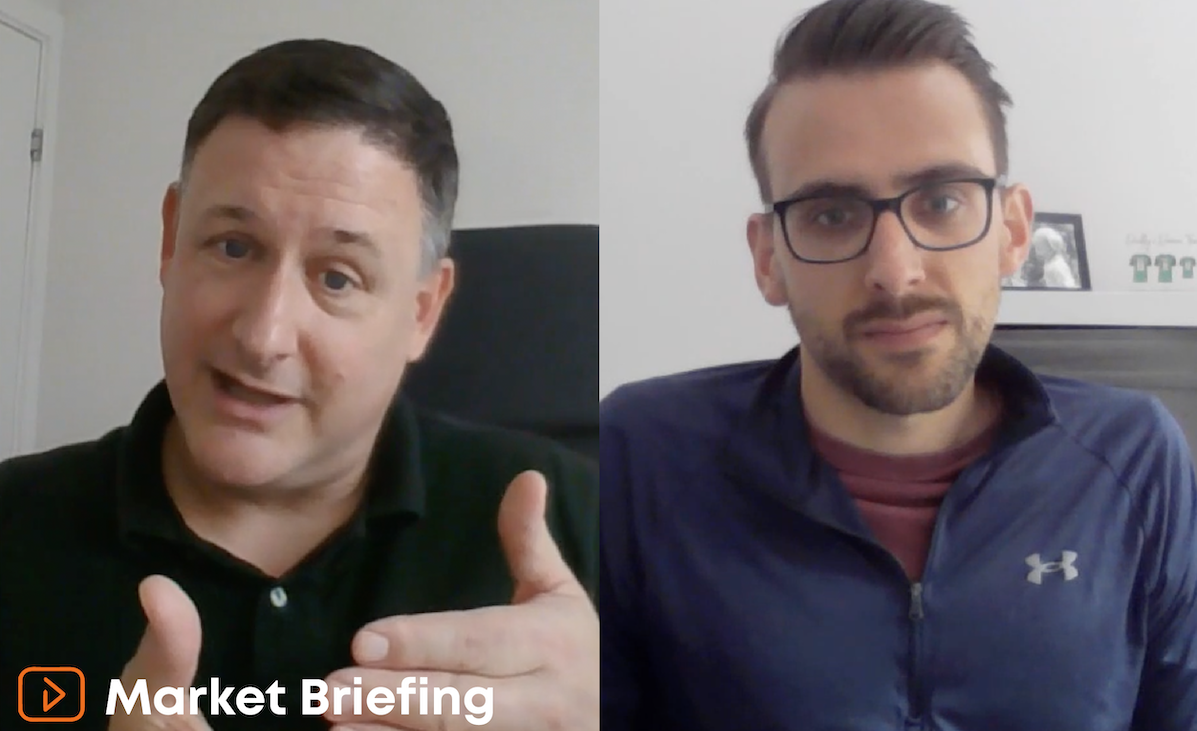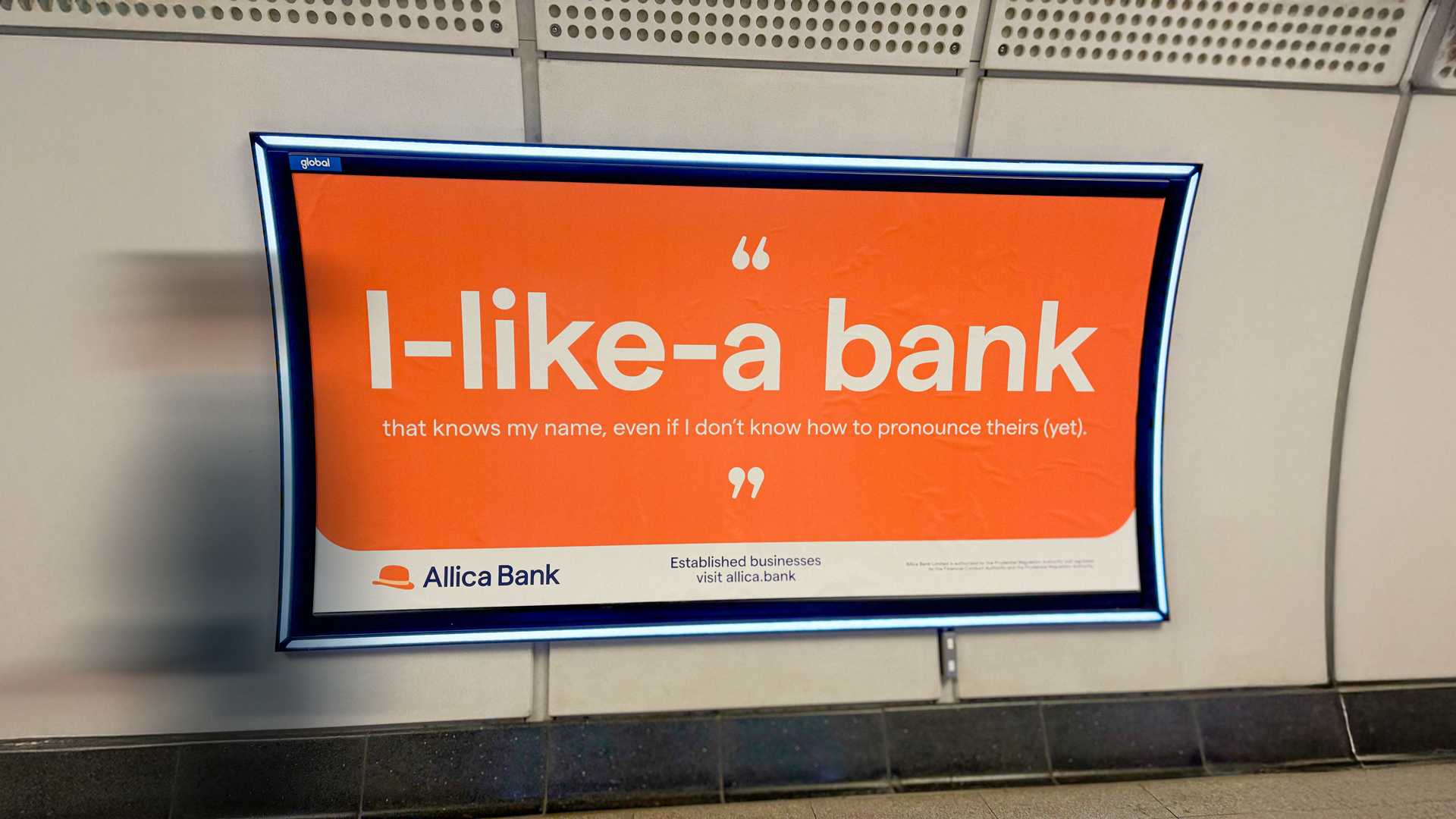For many SME owners and leaders, when they think about borrowing money it starts and ends with a commercial mortgage or credit facility. However, while each business will have its own unique way of going about it, many have one thing in common: they approach borrowing through an unnecessarily narrow lens.
Ian Flaxman is Allica Bank’s Head of Growth Finance and he joins our regular host Matt West (Relationship Manager in the South West) for this Market Briefing looking at what they call ‘the funding mix’.
The pair discuss lesser-known avenues for funding, when and why SMEs might choose them, and how a wide view of the lending market can make the difference in helping them to achieve their ambitions.
Asset finance
The first funding option Matt and Ian wanted to dig into was asset finance, that is: finance secured against fixed assets. Most commonly, we see this used on machinery and vehicles.
Asset financing “can be used as a refinance tool, if you've got unencumbered assets in a business, but typically it’s used when buying a piece of equipment, both new and used.” To set it into the context of our personal spending, Ian says that “a more commonly known comparison would be a hire purchase on a car.”
Matt highlighted that asset finance terms are usually far shorter than those on commercial mortgages, largely due to the shorter lifespan of assets like vehicles.
Nevertheless, Matt and Ian were keen to stress that there is specific funding for plant machinery, equipment, and vehicles outside of a generic credit facility. It’s always worth assessing this option, as the terms may be more bespoke and suited to the borrower and their industry and position within it.
Invoice finance
Matt prefaced this section, noting that invoice finance has “probably had a bit of a bad reputation, but it's definitely not a funding tool of last resort, as it maybe was known in the 80s and 90s.”
Invoice finance facilities are secured against unpaid invoices. In essence, it releases working capital, which can be make or break for many B2B businesses who have to deal with specific payment terms. Matt provided the example of an SME that “sells and delivers a million pounds worth of goods, then has to wait 30, 60, or 90 days for payment.”
Ian describes invoice finance as giving a business “the ‘legs to fund demand and pay stock debtors, suppliers, wages, and utilities.” It’s easy for B2B SMEs to get stuck between a rock and a hard place thanks to awkward payment terms; Ian believes “this is often the thing that stifles growth”.
For these businesses, “traditional funding solutions aren’t a great fit, because they are typically a fixed amount of money. That might be fine for the next X months, but, at some point, a successful business can outgrow that. It's hard to ask a traditional high street lender for an overdraft of £5,000,000 when your annual turnover is only £2,000,000’. Proving that you’re good for that money with a traditional lender can be near impossible.”
Matt added: “more so than any other product, invoice finance really narrows down on the business owner’s ability to manage their finances and the basic conduct of their financial management, which is about credit control process and concentration on a particular customer.”
Cash flow loans
Cash flow funding is unsecured lending, whereby there's no asset against which the debt is secured. This product can be used for all sorts of reasons, including simply to plug an unforeseen gap or keep operating expenses and creditors paid. Cash flow loans typically aren’t as large as, say, asset finance loans and come with much shorter repayment terms.
“Cash flow loans are more common for big, well-renowned companies,” Matt explained. “The middle market of family-owned SMEs is often overlooked because lenders have notoriously seen them as tough to fund. Borrowing what could be a large amount of money over a shorter period of time, you need to have a well-performing business.”
Ian added: “it’s not that larger businesses are necessarily more secure, but you tend to get earlier warning signs and better quality information, around which you can wrap covenants to get some more control. You've often got either listed or institutional shareholders, which gives you another source of security.”
“Cash flow borrowing is difficult for mid-market businesses compared to corporate. Your typical family-owned SME that might have been going for two or three generations – a really nice, profitable, sustainable business – will find it much harder to access that funding, particularly at what you might call a ‘commercial price’.”
Matt and Ian agreed that cash flow loans are a less accessible product for SMEs. That’s not to say that they’re impossible or never viable, but, certainly, SME owners and their accountants would do well to carefully consider the terms and value of any such facility.
Forget financials for a second; focus on the human
There are more options out there than typically found with high-street banks, that much is clear. SMEs can access innovative, flexible, and bespoke products to keep them moving in hard times or heading forwards in their plans for growth.
It’s that personalised approach that typified Matt and Ian’s conversation. No lender is going to make a deal if the numbers don’t add up, but SME specialists like Allica, especially, will try to start from a position of ‘how can we make this work’, rather than waiting for a reason to say no.
“We might be a bank,” Matt said,” but we’re not just about numbers. The numbers – which are important to assess affordability –are an output of the business's actions. The key is the story and everything that sits behind it.”
With the kind of lending products described above, “the people and ‘softer’ things are important. You have to have faith in the strength of the individuals who sit behind the business to continue operating in a good, risk-aware manner.”
Ian agreed, noting that, while “large corporate businesses can invest in intensive due diligence to support an application; it’s rare that it’ll make economic sense for an SME to do so. That's why I think good advisers are really valuable for SMEs, to help understand and model their position and present the story to lenders.”
Mixing it up
The key takeaway for accountants, Ian and Matt said, is that accountants should keep in mind the many options available to their clients. Where it may seem like more mainstream funding isn’t going to be possible, there are still alternatives.
That’s where working with your client’s relationship manager to explore the different options their bank can provide can be handy. It could even be the different between finding and solution, and not.
Find your local Allica Bank Relationship Manager to discuss your clients’ finance options now
Sign up to Allica Bank’s Market Briefing for Accountants to get our upcoming videos and insight sent straight to your inbox.





